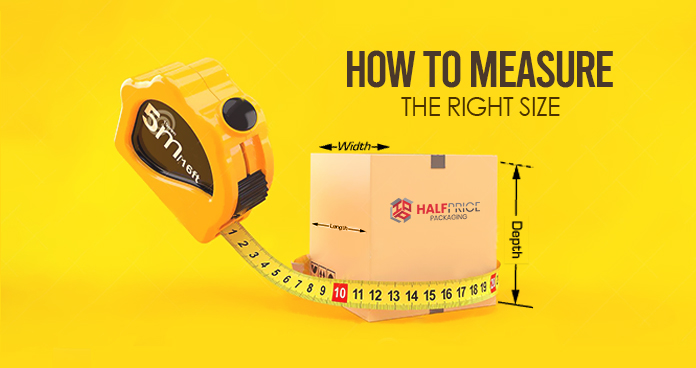In the world of packaging, the dimensions of a box may seem like a simple thing. After all, it’s just a matter of length, width, and height, right? Well, it’s not quite that straightforward. Box dimensions play a significant role in packaging efficiency, and getting them right can make a world of difference for businesses. In this blog post, we’ll break down the importance of box dimensions, how to measure them accurately, and why they matter for packaging efficiency.
Understanding Box Dimensions
Let’s start with the basics. What are box dimensions, and why do they matter? Box dimensions refer to the length, width, and height of a box. These measurements are crucial because they determine how much space the box occupies, how many items it can hold, and how it fits into the shipping process.
The Role of Custom Boxes
Custom boxes are like the unsung heroes of packaging. They can be tailored to specific dimensions, which means you get a box that fits your product perfectly. This customization minimizes wasted space, reduces packaging materials, and ultimately saves you money.
Why Box Dimensions Matter
Now, you might wonder why getting the right box dimensions is such a big deal. Well, consider this: if you use a box that’s too large for your product, you’ll end up wasting space and materials. On the other hand, if the box is too small, your product may not fit, leading to damaged goods and unhappy customers. Getting the dimensions right is about efficiency and cost-effectiveness.
Ordering Length, Width, and Height
When you’re ordering boxes, it’s essential to specify the dimensions correctly. The standard order for specifying box dimensions is length x width x height. This ensures clear communication with manufacturers, and it’s a universal format that everyone understands.
How to Measure Box Dimensions
Measuring a box accurately is crucial to getting the right fit. Here’s a step-by-step guide:
- Measure the Length: Measure the longest side of the box from one end to the other.
- Measure the Width: Measure the shorter side of the box from side to side.
- Measure the Height: Measure the distance from the top to the bottom of the box.
Use a tape measure or a ruler to get precise measurements. Make sure to measure the inside dimensions for accuracy.
Interpreting Box Measurements
Once you’ve measured your box, you need to understand what the measurements mean. If you see dimensions like 12″ x 6″ x 8″, it means the box is 12 inches long, 6 inches wide, and 8 inches high. Knowing how to read and interpret these measurements is essential when choosing the right box for your products.
Optimizing Box Size
Now that you know how to measure and interpret box dimensions, it’s time to talk about optimization. Optimizing box size means choosing the right box for your products to minimize wasted space and materials. Here are some strategies:
- Consider Product Variability: If you sell products of different sizes, choose a box size that can accommodate the largest item.
- Use Inserts or Fillers: For smaller products in larger boxes, use inserts or fillers to prevent movement and protect the items.
- Customize for Efficiency: If you have a high-volume product, consider custom boxes that are designed specifically for that item.
Impact on Shipping and Storage
Box dimensions have a significant impact on shipping costs. Larger boxes cost more to ship, and if you consistently use oversized packaging, it can eat into your profits. Additionally, box dimensions affect storage space. Using boxes that are just the right size can help you maximize your storage area. Half Price Packaging specializes in helping businesses find the perfect packaging solutions. Their expertise in custom boxes ensures that you get the right dimensions for your products. This means you won’t pay more for shipping than you need to, ultimately protecting your profits.
Sustainability and Eco-Friendly Packaging
Efficient box dimensions also tie into sustainability. Using appropriately sized boxes reduces the need for excessive packaging materials, leading to less waste. It’s an eco-friendly approach that aligns with the growing demand for sustainable packaging solutions.
Customization for Brand Presentation
Beyond efficiency, box dimensions can play a role in branding. Custom boxes with unique dimensions can make your product stand out on the shelf. The packaging itself becomes part of your brand identity.
Case Studies: Real-Life Examples
To drive home the importance of box dimensions, let’s look at some real-life examples. We’ll explore how businesses have benefited from optimizing box dimensions, leading to cost savings and improved efficiency.
Conclusion
In conclusion, box dimensions are more than just numbers. They are the key to packaging efficiency, cost-effectiveness, and sustainability. Getting the right fit can save you money, reduce waste, and enhance your brand image. So, the next time you’re choosing a box for your products, remember that size matters, and it’s the first step toward efficient and eco-friendly packaging.

